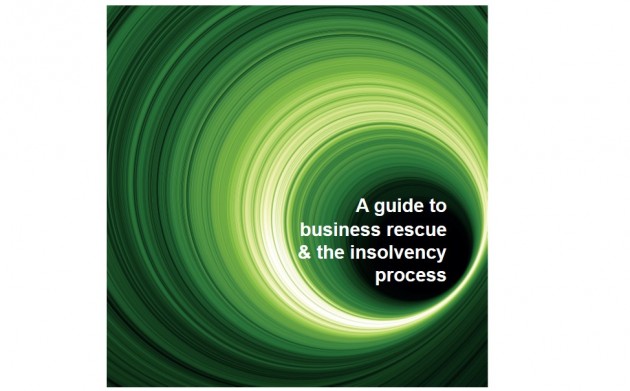Company Options - Formal Arrangements - Company Voluntary Arrangement (CVA)
This is a very popular rescue mechanism for companies with a sound core trading business but with a requirement for some form of formal debt write-off and/or a time to pay arrangement.
A CVA requires the approval of 75% of creditors by value and, once approved, is legally binding on all creditors, even those who may have voted against it.
Often if relations with creditors have been good, a write-off of up to 75% of the debt (and more) can be negotiated but there are possible traps:
- Any creditor with over 25% of the debt will be able to exercise major influence over the terms
- HMRC will often insist on imposing its standard terms which can be restrictive (often insisting on monthly contributions over 5 years). Therefore, if HMRC hold over 25% of the total debt, a CVA solution becomes more challenging
- Suppliers with valid Retention of Title (ROT) clauses may also repossess their stock.
Commentary |
|
All to often the financial projections within CVA proposals are unrealistic and aggrieved creditors receive less than the dividend promised.
A 2018 R3 survey of over 550 recent CVAs (of which 93% were small companies) indicated that unsecured creditors were paid, on average, only 26% of the dividend they were originally promised. This survey also indicated that only 19% of CVAs were fully implemented.
There is widespread concern that a CVA of 5 years is too long - 3 years is proposed going forward.
There were 27 CVAs in Northern Ireland in 2017. They usually average circa 30 per year.
Whilst CVAs have been in the spotlight recently with so many high-profile Retail Rescue Schemes, they do have an important role in business rescue in Northern Ireland. If proposals and financial projections are realistic they will often have a good chance to succeed. If, however, aftern a full assessment, the risk is too high, an alternative procedure such as adminsitration via prepack might be more suitable. |
Back to: The Options
Back to: Guide to Business Recovery and the Insolvency Process - Overview
A PDF version of the full 'Guide to Business Resuce and the Insolvency Process' is available to download here.
Whilst every effort has been made by CavanaghKelly to ensure the accuracy of the information here, it cannot be guaranteed and neither CavanaghKelly nor any related entity shall have liability to any person who relies on the information herein. Information given here is for guidance only. Detailed professional advice should be taken before acting on any information contained herein. If having read the guidance here, you would like to discuss further; a member of our team would be pleased to help you.



